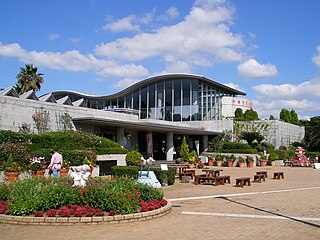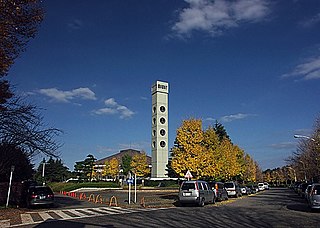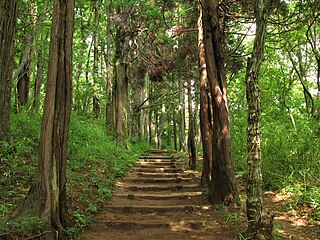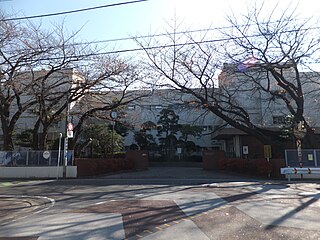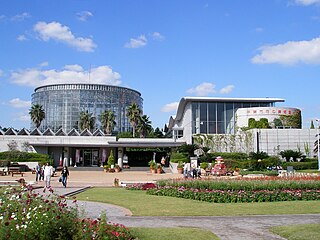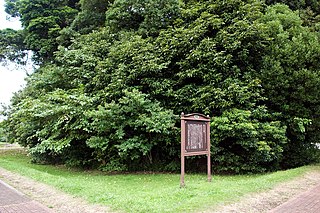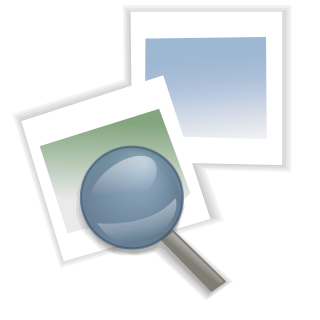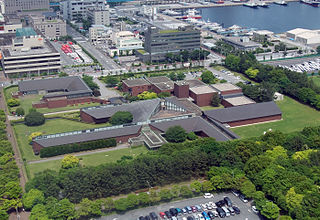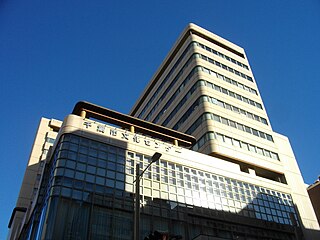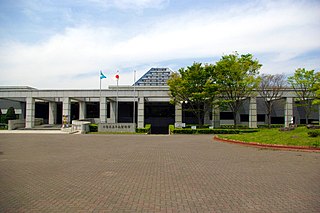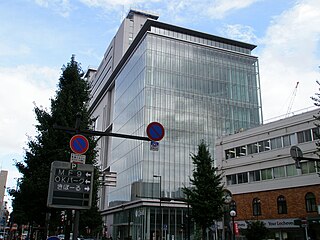32 Sights in Chiba, Japan (with Map and Images)
Legend
Welcome to your journey through the most beautiful sights in Chiba, Japan! Whether you want to discover the city's historical treasures or experience its modern highlights, you'll find everything your heart desires here. Be inspired by our selection and plan your unforgettable adventure in Chiba. Dive into the diversity of this fascinating city and discover everything it has to offer.
Sightseeing Tours in Chiba1. Northern giraffe
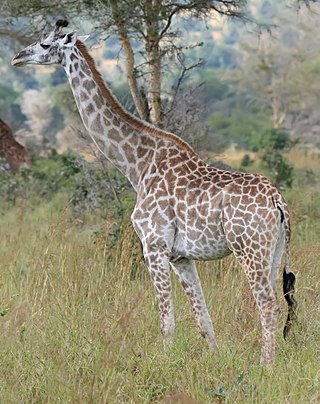
العربية ∙ বাংলা ∙ čeština ∙ Deutsch ∙ English ∙ Esperanto ∙ español ∙ français ∙ galego ∙ magyar ∙ italiano ∙ 日本語 ∙ македонски ∙ Nederlands ∙ português do Brasil ∙ rumantsch ∙ русский ∙ sicilianu ∙ slovenščina ∙ українська ∙ தமிழ் ∙ +/− / GFDL 1.2
The giraffe is a large African hoofed mammal belonging to the genus Giraffa. It is the tallest living terrestrial animal and the largest ruminant on Earth. Traditionally, giraffes have been thought of as one species, Giraffa camelopardalis, with nine subspecies. Most recently, researchers proposed dividing them into four extant species due to new research into their mitochondrial and nuclear DNA, and individual species can be distinguished by their fur coat patterns. Seven other extinct species of Giraffa are known from the fossil record.
2. Gorilla
Gorillas are herbivorous, predominantly ground-dwelling great apes that inhabit the tropical forests of equatorial Africa. The genus Gorilla is divided into two species: the eastern gorilla and the western gorilla, and either four or five subspecies. The DNA of gorillas is highly similar to that of humans, from 95 to 99% depending on what is included, and they are the next closest living relatives to humans after chimpanzees.
3. Pan troglodytes
The chimpanzee, also simply known as the chimp, is a species of great ape native to the forests and savannahs of tropical Africa. It has four confirmed subspecies and a fifth proposed one. When its close relative the bonobo was more commonly known as the pygmy chimpanzee, this species was often called the common chimpanzee or the robust chimpanzee. The chimpanzee and the bonobo are the only species in the genus Pan. Evidence from fossils and DNA sequencing shows that Pan is a sister taxon to the human lineage and is thus humans' closest living relative.
4. African penguin
The African penguin, also known as Cape penguin or South African penguin, is a species of penguin confined to southern African waters. Like all penguins, it is flightless, with a streamlined body and wings stiffened and flattened into flippers for a marine habitat. Adults weigh an average of 2.2–3.5 kg (4.9–7.7 lb) and are 60–70 cm (24–28 in) tall. The species has distinctive pink patches of skin above the eyes and a black facial mask. The body's upper parts are black and sharply delineated from the white underparts, which are spotted and marked with a black band.
5. California sea lion
The California sea lion is a coastal eared seal native to western North America. It is one of six species of sea lions. Its natural habitat ranges from southeast Alaska to central Mexico, including the Gulf of California. California sea lions are sexually dimorphic; males are larger than females, and have a thicker neck, and a protruding sagittal crest. They mainly haul out on sandy or rocky beaches, but they also frequent manmade environments such as marinas and wharves. California sea lions feed on a number of species of fish and squid, and are preyed on by orcas and great white sharks.
6. ヘビクイワシ
The secretarybird or secretary bird is a large bird of prey that is endemic to Africa. It is mostly terrestrial, spending most of its time on the ground, and is usually found in the open grasslands and savanna of the sub-Saharan region. John Frederick Miller described the species in 1779. A member of the order Accipitriformes, which also includes many other diurnal birds of prey such as eagles, hawks, kites, vultures, and harriers, it is placed in its own family, Sagittariidae.
7. Egyptian vulture
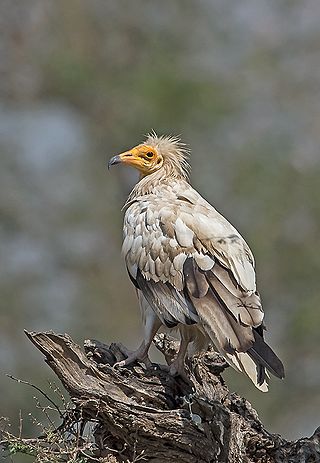
The Egyptian vulture, also called the white scavenger vulture or pharaoh's chicken, is a small Old World vulture in the monotypic genus Neophron. It is widely distributed from the Iberian Peninsula, North Africa, West Asia and India. The contrasting underwing pattern and wedge-shaped tail make it distinctive in flight as it soars in thermals during the warmer parts of the day. Egyptian vultures feed mainly on carrion but are opportunistic and will prey on small mammals, birds, and reptiles. They also feed on the eggs of other birds, breaking larger ones by tossing a large pebble onto them.
8. Shoebill
The shoebill, also known as the whale-headed stork, and shoe-billed stork, is a large long-legged wading bird. It derives its name from its enormous shoe-shaped bill. It has a somewhat stork-like overall form and has previously been classified with the storks in the order Ciconiiformes based on this morphology. However, genetic evidence places it with pelicans and herons in the Pelecaniformes. The adult is mainly grey while the juveniles are more brown. It lives in tropical East Africa in large swamps from South Sudan to Zambia.
9. Eastern gray kangaroo
The eastern grey kangaroo is a marsupial found in the eastern third of Australia, with a population of several million. It is also known as the great grey kangaroo and the forester kangaroo. Although a big eastern grey male can typically weigh up to 69 kg (152 lb) and have a length of well over 2 m, the scientific name, Macropus giganteus, is misleading: the red kangaroo of the semi-arid inland is larger, weighing up to 90 kg (200 lb).
10. scimitar oryx
The scimitar oryx, also known as the scimitar-horned oryx and the Sahara oryx, is an Oryx species that was once widespread across North Africa and parts of West Africa and Central Africa. In 2000, it was declared extinct in the wild on the IUCN Red List, but in 2023 it was downlisted to endangered, with a reintroduced population in Chad. This particular oryx is adapted to harsh desert conditions and can survive for months or even years without drinking water. A grazing animal, it derives most of its daily moisture intake from plants.
11. siamang
The siamang is an endangered arboreal, black-furred gibbon native to the forests of Indonesia, Malaysia, and Thailand. The largest of the gibbons, the siamang can be twice the size of other gibbons, reaching 1 m (3.3 ft) in height, and weighing up to 14 kg (31 lb). It is the only species in the genus Symphalangus. Fossils of siamangs date back to the Middle Pleistocene.
12. Marabou stork
The marabou stork is a large wading bird in the stork family Ciconiidae native to sub-Saharan Africa. It breeds in both wet and arid habitats, often near human habitation, especially landfill sites. It is sometimes called the "undertaker bird" due to its shape from behind: cloak-like wings and back, skinny white legs, and sometimes a large white mass of "hair". It has often been credited with the largest wingspan of any land bird, with an average of 2.6 metres (8.5 ft) and some recorded examples of up to 3.2 metres (10 ft).
13. 千葉公園
Chiba Park is a city park (general park) located in Chuo-ku, Chiba City, Chiba Prefecture, Japan. As a famous place, it is a place to appreciate the Oga lotus, which is the "city flower" of Chiba City.
14. Makuhari Seaside Park (Central Area)
Makuhari Seaside Park is a prefectural urban park (regional park) located in Makuhari New City (Park Ryokuchi District) in Mihama Ward, Chiba City, Chiba Prefecture, Japan. It was opened with the aim of creating valuable greenery and a place for international exchange in the new city center, which is a reclaimed land.
15. Inage Seaside Park
Inage Seaside Park is an urban park (comprehensive park) located in Mihama Ward, Chiba City, Chiba Prefecture. It faces Tokyo Bay (Chiba Port District 5) and has been selected as one of the 100 scenic spots of Japan's white sand and green pines, received the 1987 Ministry of Construction Handmade Local Award, and is listed among the 500 attractions of Boso.
16. Inage Sengen-jinja Shrine
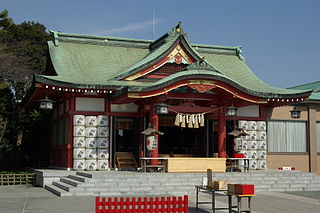
Inage Sengen Jinja is an Asama Shrine located in Inage, Inage-ku, Chiba City, Chiba Prefecture, Japan. The former company name is Murasha. The registered name of the religious corporation is Sengen Jinja. It has been selected as one of the 100 best Chiba heritage sites.
17. Chiba Central Sports Center
The Chiba Prefectural Sports Center is a prefectural city park (sports park) located in Inage-ku, Chiba City, Chiba Prefecture, Japan. There are plenty of sports facilities such as athletics and baseball fields.
18. 昭和の森
Showa no Mori, Chiba City is an urban park (general park) located in Midori Ward, Chiba City, Chiba Prefecture, Japan. The park is not attached to the name. With a site area of about 100 hectares, it is the largest park in Chiba City, and has many facilities such as a plaza, playground, campground, baseball field, tennis courts, cycling courses, walking trails, observatories, outdoor facilities, and accommodations. Ruins are also preserved in the park, and the Ogiudo ruins are designated as a prefectural designated historic site. Part of the park is designated as a prefectural Kujukuri Nature Park, and it has been selected as one of the 100 best urban parks in Japan and one of the 500 attractions of Boso.
19. 千葉ポートパーク

Chiba Port Park (Chiba Port Park) is a prefectural port environment improvement facility (port green space) located in Chuo Port, Chuo-ku, Chiba City, Chiba Prefecture. Based on the designated manager system, it is managed and operated by the Tsukahara Ryokuchi Research Institute.
20. 千葉神社
Chiba Shrine is a Shinto shrine located in Chūō-ku, Chiba City, Chiba Prefecture. Originally a Buddhist temple dedicated to the deity Myōken, the patron of the Chiba clan, it was converted into a Shinto shrine dedicated to Ame-no-Minakanushi during the Meiji period.
21. 千葉市立緑町中学校
Midorimachi Junior High School is a public junior high school located in Inage-ku, Chiba City, Chiba Prefecture, Japan. The school emblem indicates that it was established as Chiba City No. 5 Junior High School, and represents the "C" for Chiba City, the number "5" for Chiba City, and the "middle" for junior high school.
22. Chiba City Floral Museum
Chiba City Flower Art Museum is an art museum located in Mihama Ward, Chiba City, Chiba Prefecture (in Inage Seaside Park). It has the characteristics of a botanical garden, and about 48,000 plants and flowers are planted in the interior and outdoor gardens.
23. 荒久古墳
The Arakuko Tumulus is a burial mound located in a corner of Aoba no Mori Park in Aobacho, Chuo Ward, Chiba City, built during the late Kofun period (7th century). It was designated as a cultural property of Chiba City in 1960. It is also referred to as the "Stone Karato" because of the opening of a horizontal stone chamber to the south.
24. 加曽利貝塚

The Kasori Shell Mounds is an archaeological site in the Sakuragi neighborhood of Wakaba ward of the city of Chiba, Chiba Prefecture, in the Kantō region of Japan. It contains the largest known shell midden found in Japan, and was designated a National Historic Site of Japan in 1971. Its status was raised to that of a special National Historic Site in 2017
25. Amidaji Temple
Amidaji is a Jodo Shinshu temple located in Chiba-dera Town, Chuo Ward, Chiba City. It features traditional temple architecture including the main hall, bell tower, and water purification basin, as well as guest rooms, a hall, and a columbarium.
26. 羽衣の松
The Hagiwara Pine is a pine tree said to have been draped with a celestial maiden's robe in the various legends of the Hagiwara. One such tree is located in Hagiwara Park in the Ichiba-cho area of Chuo-ku, Chiba City.
27. Tenpukuji
Tenpukuji is a temple of the Shingon sect, Buzan school, located in Hanamigawa Ward, Chiba City, Chiba Prefecture. The mountain name is Hanajima Mountain. The main deity is the Eleven-faced Kannon Bodhisattva, also known as Hanajima Kannon.
28. 千葉県立美術館
Chiba Prefectural Museum of Art opened in Chiba, Chiba Prefecture, Japan in 1974. The focus of the collection is the work of local artists and of artists with connections to Chiba, and it includes paintings by Asai Chū, Millais, Corot, and Antonio Fontanesi.
29. 千葉市文化センター
Chiba City Cultural Center (Chiba City Cultural Center) is a cultural center (comprehensive cultural facility) located on the middle floor of Chiba Chuo Twin Building No. 2 in Chuo-ku, Chiba City, Chiba Prefecture.
30. 犢橋貝塚
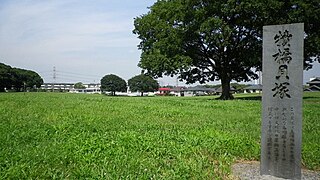
The Kotehashi Shell Midden is an archaeological site in the Satsukigaoka neighborhood of Hanamigawa ward of the city of Chiba, Chiba Prefecture, in the Kantō region of Japan containing a Jōmon period shell midden. It was designated a National Historic Site of Japan in 1981.
31. 千葉県立中央博物館
The Natural History Museum and Institute, Chiba is a prefectural museum in Chūō-ku, Chiba, Chiba Prefecture, Japan. The museum opened in 1989 with a focus on the natural history and history of the Bōsō Peninsula.
32. Chiba City Museum of Science
Qiball is a public-private complex that houses public and commercial facilities located in Chuo-ku, Chiba City, Chiba Prefecture. As a base for supporting children and child-rearing, as well as disseminating information on daily life and industry, the Chuo Ward Office, the Chiba City Science Museum, the Child-Rearing Support Center, and the Health and Welfare Center will be housed.
Share
Disclaimer Please be aware of your surroundings and do not enter private property. We are not liable for any damages that occur during the tours.
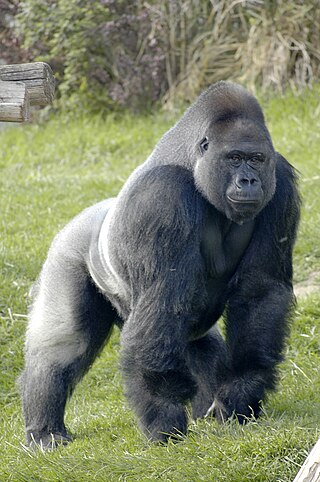
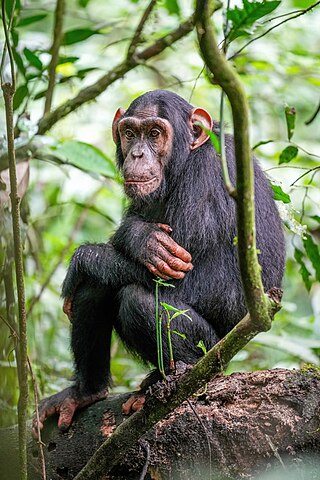
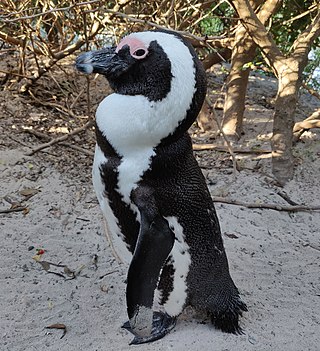

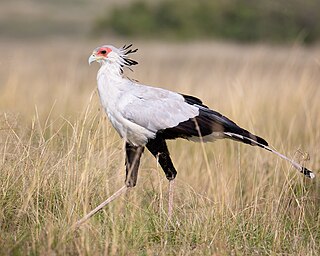
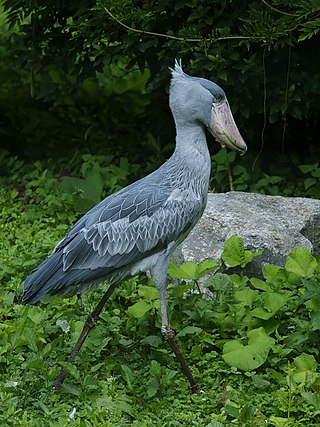
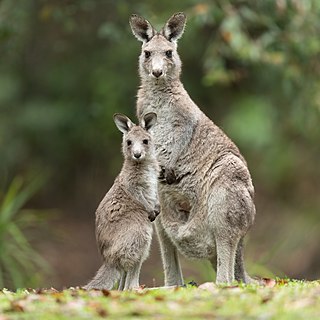
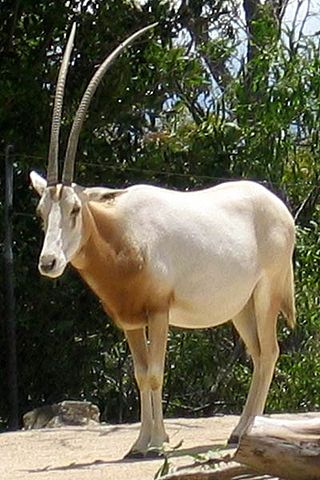
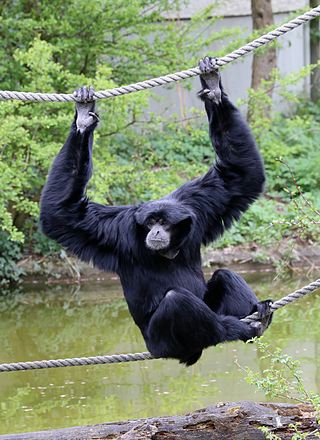
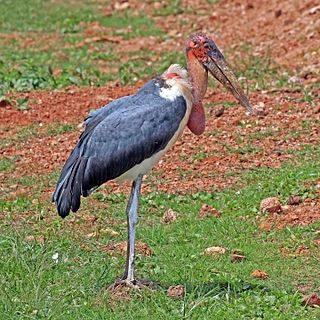

.jpg)
